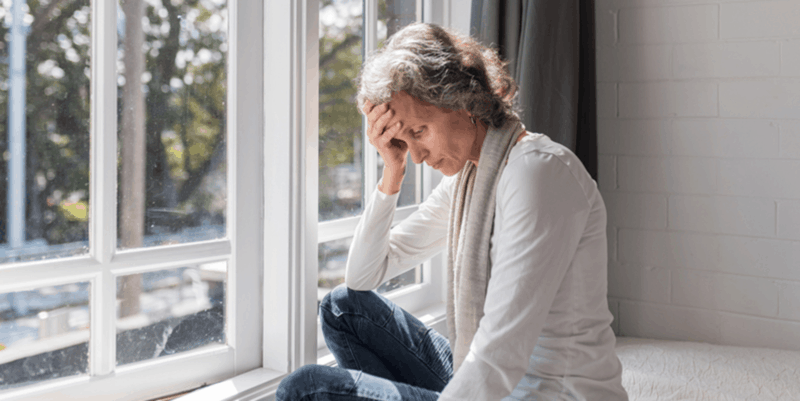
Molds can grow in any place with enough dampness and neglect. Molds have been known to cause allergic reactions leading to respiration problems and many more. Not all molds are toxic, but they can be affecting you in a silent way.
The most infamous mold known to cause complications in humans is the black mold or toxic mold. However, not all dark or black looking molds are toxic molds. The type we’re talking about is ‘Stachybotrys Chartarum’ species of the mold.
It is known to release a toxic gas known as mycotoxin, which is a neurotoxic gas that can kill neurons in the brain and cause a lot of disorders like tremors and mood swings. They aren’t to be taken lightly. The best course of action is to eradicate their presence.
What Can We Do?
Most of the time, these molds grow in your crawlspace due to high moisture and inability to reach and clean it on a regular base. It is advised to hire a crawl space mold removal company to get a thorough inspection and contain the spread of the mold. It can not only grow in crawl spaces but in air ducts too, from where it can spread its spores through the air.
As we told earlier that the toxic gas produced by the black mold causes a lot of problems. When a person is around the black toxic mold, he may feel drowsy and sleepy because of the sedative released by the body to counteract the toxic effects of the mold. It can also cause soreness in joints and muscles. The small build-up of these toxins can be deadly. They need to be taken care of quickly and made sure they don’t return.
With the following steps, you will be able to find out the problems and completely eradicate it from your house!
1. Find The Source Of Moisture
Whatever the type of mold is, one thing is crucial for its survival! That is water. Molds require constant dampness and water to grow. The toxic black mold can grow anywhere there is moisture, but it requires a longer time and more suitable conditions for it to grow.
It cannot always be visible on the surface and could be growing in hidden places where you cannot reach. You need to find the source of moisture. If your house has major plumbing issues, then expect mold growth!
The ultimate goal is to find the source of moisture and stop it for good before the molds grow and infest your house, as their spread is airborne with the help of spores.
2. Extent Of Contamination
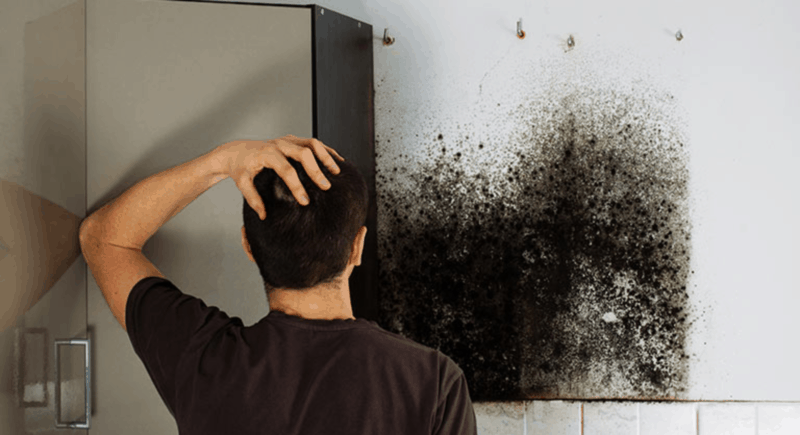
As mold can spread through spores in the air, you need to assess how much contamination you are dealing with. Calculating the extent of contamination will give you an idea of how to approach the clean-up process. Your goal is to clean up the mold, find its cause, and prevent its recurrence.
In the case of high contamination, proper precaution must be taken to ensure your safety and your families. Therefore, it is recommended to get a mold test done by hiring professional mold removal services. Your HVAC systems also need a check-up as the air duct system could help them spread.
3. Extermination
After calculating the extent of contamination, you know how much remediation will be required to get rid of the mold and prevent its growth in the future. The remediation plan includes:
4. Repairing Water Problem
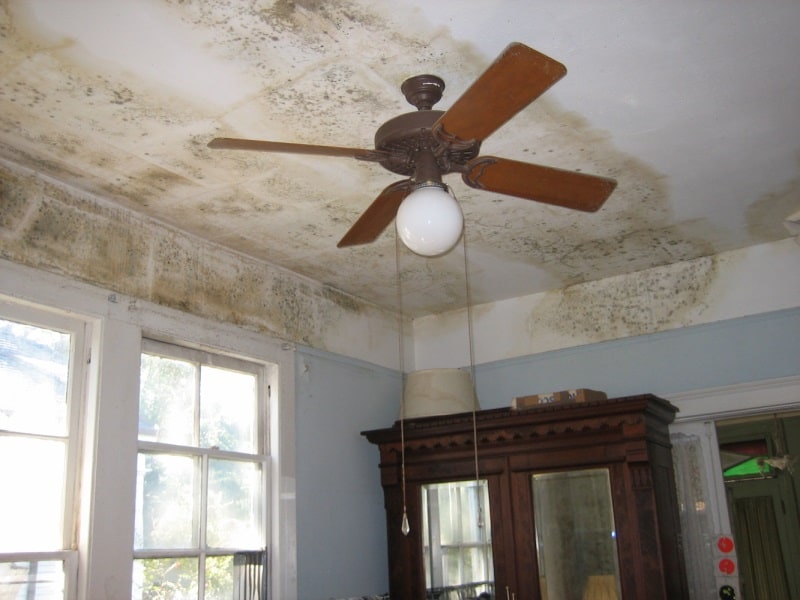
As water is the main culprit, repairing the leakage will prevent future mold growths.
5. Suppressing Dust
Dust can carry the mold spores from one room to another. Control this by misting the contaminating the areas.
6. Use Bleach & Borax
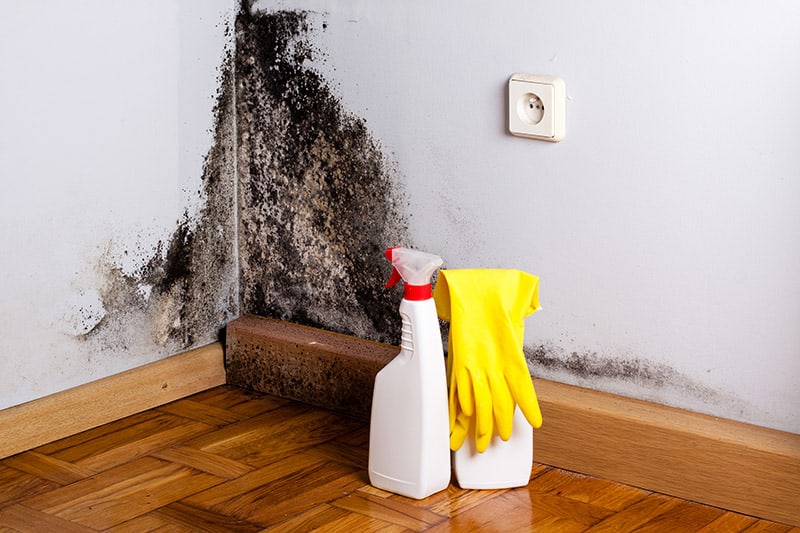
Most common mold types can be easily removed using bleach and borax. If you pour bleach over the surface of the mold, it should come off easily. But some structures could be extremely infested and would require to be removed or discarded.
Borax is also an insecticide, fungicide, and herbicide and can be mixed with water in a solution to kill and remove the mold. It is easily available in markets.
7. Isolating The Contaminated Area
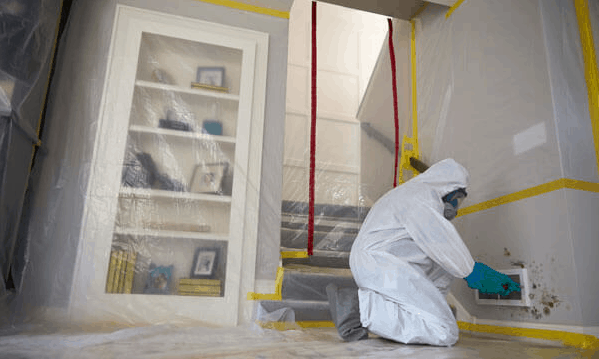
As mold is a fungus, it can spread through the air by dispersal of spores. These spores will migrate and affect other areas. They can also cause allergic reactions, so always wear a mask when dealing with these organisms. Seal off other areas when dealing with one room.
Covering all the doors and windows with plastic sheets and duct tape will ensure that the mold will not spread from the contaminated area to other parts of the house.
8. Disposal
When the mold takes over something, like a carpet. It cannot be removed, and the carpet must be discarded if there is a high concentration. A high concentration of mold is not easy to remove, and the articles must be covered with thick plastic bags, so the spores won’t disperse and re-infest in the house.
9. Prevention
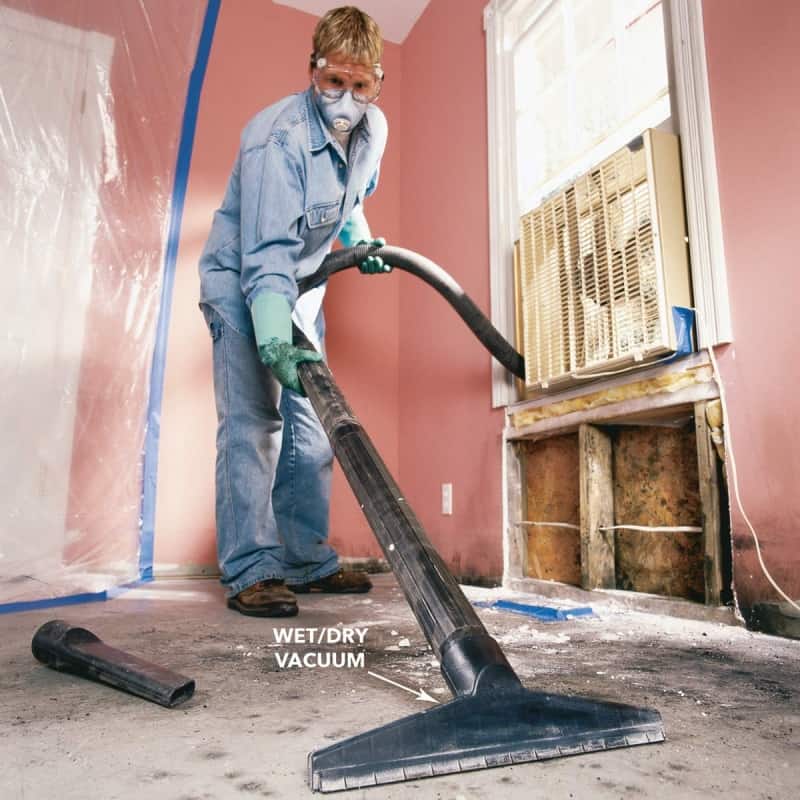
The tip to prevent the growth of mold in your house is to control dampness. Mold grows in shady, damp places. If you keep your house dry and prevent dampness from concentrating in areas.
Mold can be tricky to get rid of completely. It can infest your house again if proper precautions are not taken. A high concentration of mold should not be taken lightly and requires professional mold removal services to exterminate them.
Repairing drainage systems can clear most of the problems as poor drainage systems cause leakage. This leakage cause dampness in unwanted places giving the optimal environment for the growth of fungus.
Routing water system away from the foundations of your house is a good approach in preventing mold infestations. Dry painting the mold-infested walls will prevent the mold from getting moisture, drying it, and ultimately killing it.
Author Bio: The author of this article is obsessed with hygiene and cleanliness. He works in a software company as a developer. In his free time, he loves to write on remodeling and remediation.
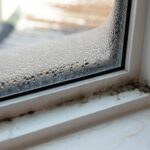
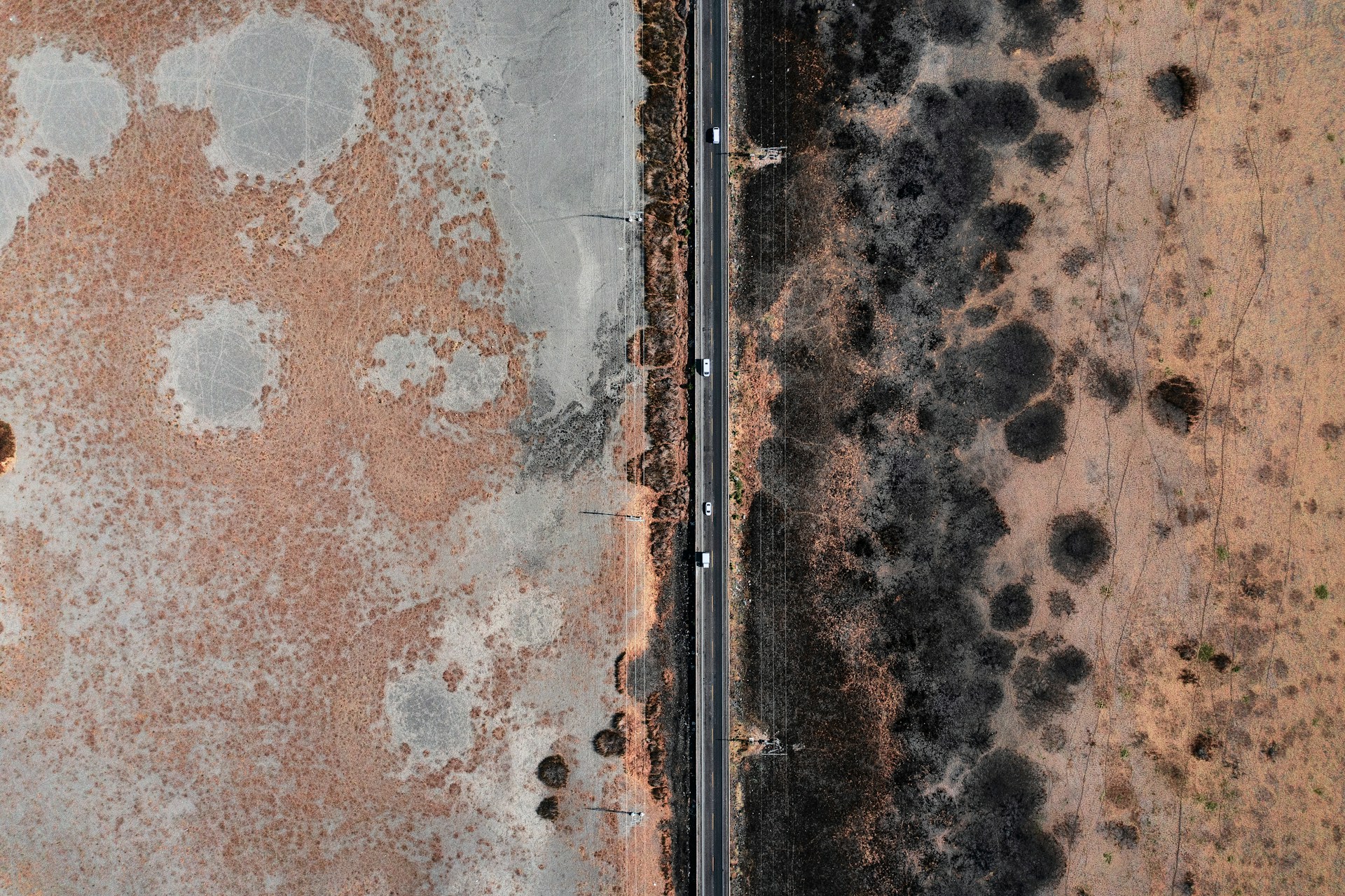

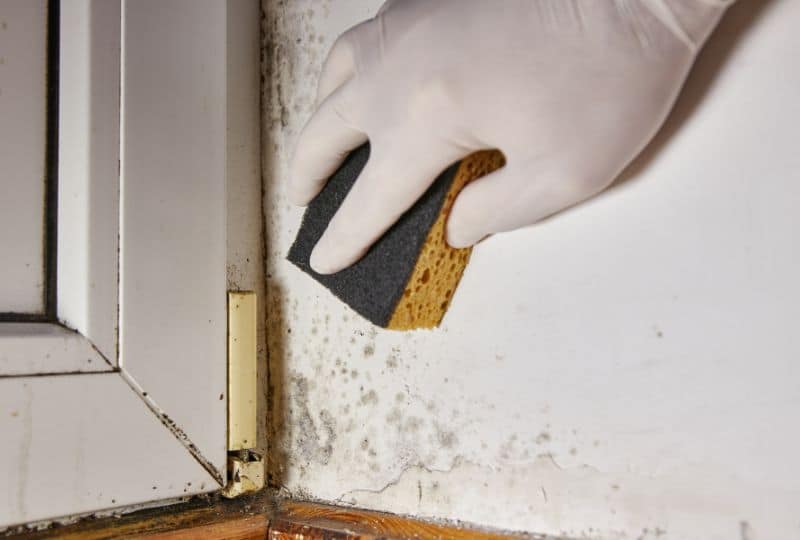
Leave a Reply